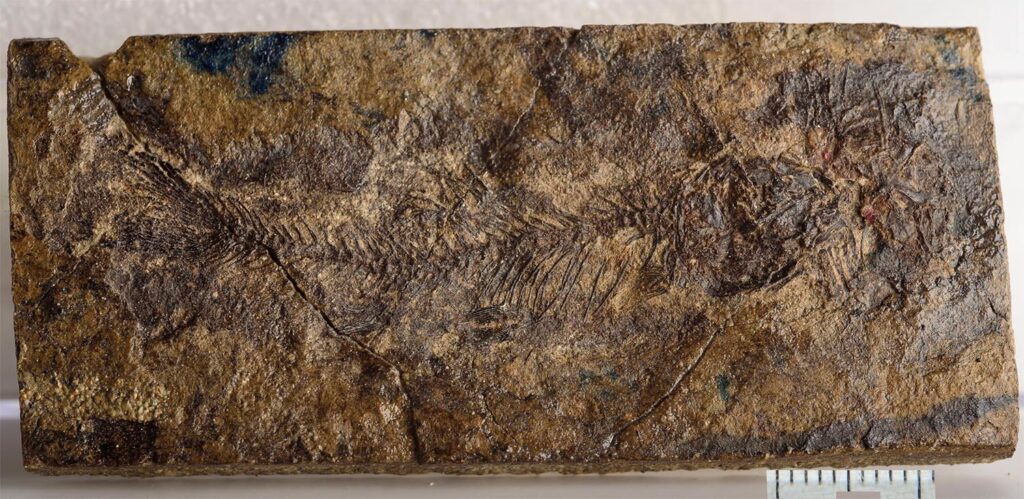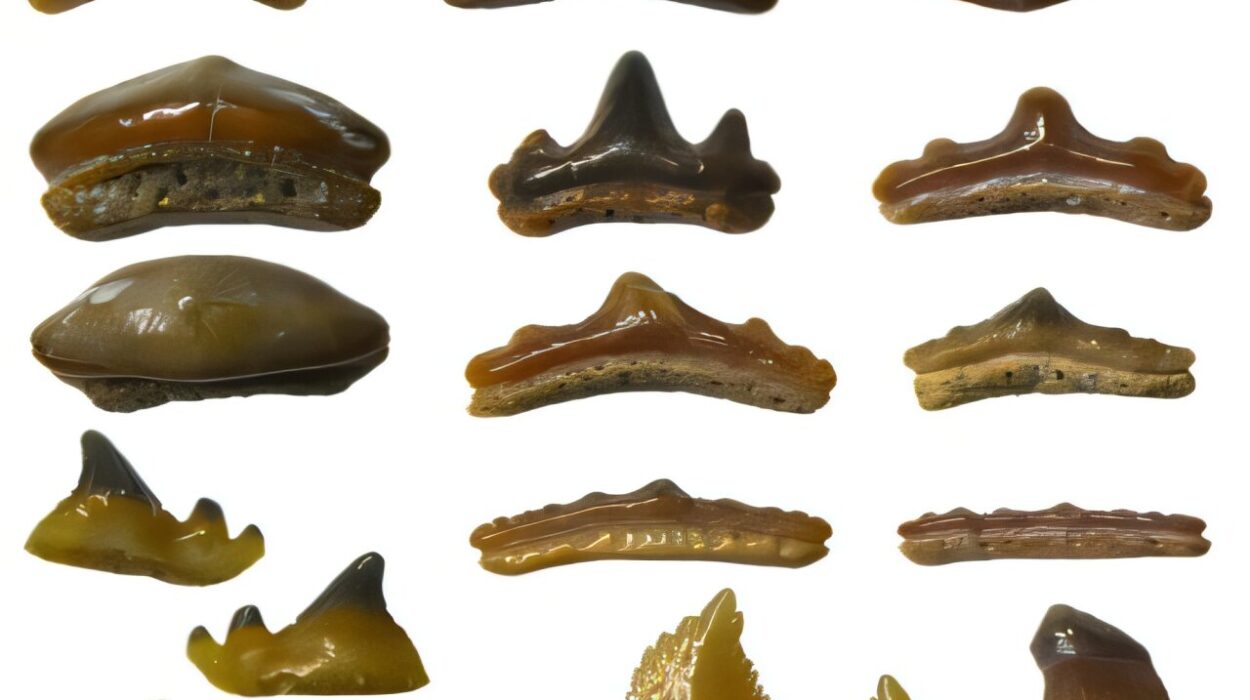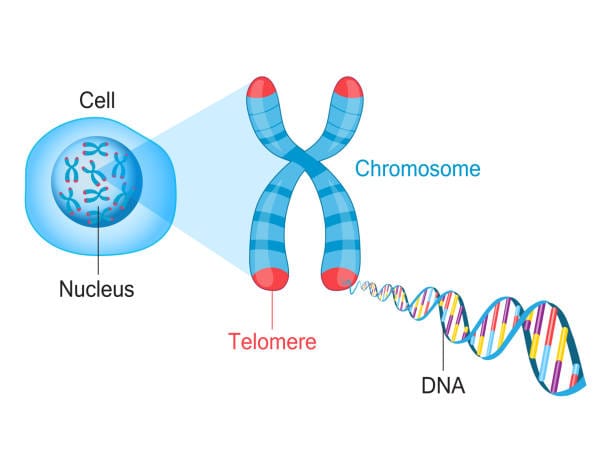When we think of hearing, we imagine ears shaped like shells, vibrating eardrums, and tiny bones passing sound into the brain. But in the watery world of fish, sound behaves differently. Water is dense, and waves travel through it in ways that make traditional eardrum-like hearing impossible. Yet, millions of years ago, some fish evolved a remarkable solution.
As saltwater species slowly made their way into fresh water, many of them acquired a new and far more sophisticated hearing system. This system, called the Weberian apparatus, allowed them to detect sounds at much higher frequencies than their ocean-dwelling cousins could. In fact, it gave them hearing ranges surprisingly close to our own.
Today, nearly two-thirds of all freshwater fish—over 10,000 species, from humble catfish to the brightly colored tetras in aquariums—carry this system within their bodies. What was once a survival adaptation has become a defining feature of one of the most successful groups of freshwater life on Earth.
The Weberian Apparatus: A Rube Goldberg of Bones
To understand the uniqueness of this innovation, we must first appreciate the problem. Sound waves pass through water and through fish almost seamlessly, since fish bodies are similar in density to their surroundings. For most saltwater fish, this means that sound is muffled, filtered down to low, bass-like notes under 200 Hertz. Their hearing is enough to detect distant rumbles or nearby threats, but it lacks fine detail.
Otophysan fish, however, evolved something extraordinary. Between their air-filled swim bladder and their inner ear, a chain of tiny bones formed—an arrangement known as the Weberian apparatus. These bones act like a bridge, transmitting vibrations from the swim bladder directly to the ear. In effect, the fish transformed a simple bubble of air into a highly sensitive microphone.
The result was profound: hearing that extended into the thousands of Hertz. Zebrafish, for instance, can hear frequencies up to 15,000 Hz, only slightly less than the 20,000 Hz limit of human hearing. It is as if fish, living in a world of flowing rivers and murky lakes, suddenly had their ears opened to a whole new symphony of sounds.
Why this mattered remains partly a mystery. Perhaps the ability to hear higher frequencies helped them detect predators or prey. Perhaps it helped them navigate noisy, turbulent waters. Whatever the reason, the adaptation was a resounding success, contributing to their extraordinary diversity in fresh water.
A Fossil That Changed the Timeline
For decades, scientists thought they knew when and where this innovation had begun. Otophysan fish were believed to have originated around 180 million years ago, before the great supercontinent Pangea broke apart. From there, the story went, they spread into freshwater systems across the globe as the continents drifted apart.
But a discovery by paleontologist Juan Liu at the University of California, Berkeley has rewritten this history. By studying a 67-million-year-old fossil fish unearthed in Alberta, Canada, Liu and her colleagues uncovered evidence that otophysan fish may have emerged later than previously thought—around 154 million years ago, during the late Jurassic period.

Even more surprising was what the fossil revealed about their ancestry. Using detailed 3D scans of the fossil’s Weberian apparatus and comparing it with genetic and anatomical data from living fish, Liu showed that the first otophysans likely evolved their precursor hearing structures while still in the ocean. Only later, after splitting into separate lineages, did they move into fresh water—twice, independently.
This discovery not only adjusts the evolutionary timeline but also reframes the narrative entirely: the roots of the world’s most successful freshwater fish are not in rivers or lakes but in the sea.
Two Journeys Into Fresh Water
Liu’s research suggests that the evolution of otophysan fish involved at least two separate incursions into freshwater habitats. One lineage gave rise to catfish, knife fish, and the African and South American tetras we know today. The other lineage became the massive group that includes carps, suckers, minnows, and zebrafish.
This double migration may explain why otophysans are so astonishingly diverse. Instead of a single origin followed by gradual dispersal, there were two dramatic evolutionary leaps. Each incursion into freshwater offered new opportunities, new ecological niches, and new pressures that accelerated speciation. In the grand theater of life, these repeated experiments in adaptation produced an explosion of forms and behaviors.
Hearing Across Deep Time
The newly named fossil, Acronichthys maccagnoi, is small—just two inches long—but its bones carry immense evolutionary significance. Preserved with extraordinary clarity in Canada’s Royal Tyrrell Museum, the fossil provided scientists with a rare glimpse into the Weberian apparatus of ancient fish.
When Liu’s team simulated the frequency response of its ear bones, the results were striking. Even 67 million years ago, this fish likely heard frequencies between 500 and 1,000 Hertz, not far from the capabilities of modern zebrafish. The system was already highly functional, a nearly finished instrument in evolution’s orchestra.
The story echoes a larger truth about evolution: innovations often emerge in stages, with precursor structures serving one function before being repurposed for another. Just as feathers may have begun as insulation before enabling flight, the bones of the Weberian apparatus may have had other roles in ancestral marine fish before becoming the foundation of a hearing superpower.
The Human Connection
It is tempting to view the story of otophysan fish as remote from our own lives, but the parallels are profound. Our middle ear—the malleus, incus, and stapes—is also a chain of bones transmitting vibrations into the inner ear. Though the structures evolved independently, the resemblance is a reminder that life often finds similar solutions to similar problems.
When we marvel at a zebrafish twitching in a laboratory tank or a school of tetras gliding through an aquarium, we are not just looking at ordinary fish. We are seeing the living heirs of an evolutionary experiment in sound perception that unfolded over millions of years. Their ears, in a sense, echo ours.
Why Hearing Shapes Evolution
Why should hearing matter so much in the watery realm? Unlike vision, which is limited by murk and darkness, sound travels long distances underwater. A fish that can hear more finely can detect danger sooner, find mates more easily, and communicate in ways other species cannot.
The environments of freshwater rivers and lakes are especially dynamic—rushing currents, shifting sediments, and varied habitats. In such places, the ability to pick up subtle cues could mean the difference between survival and extinction. For otophysans, it may have been the key to thriving, diversifying, and dominating freshwater ecosystems.
Rethinking Evolution’s Pathways
The story of the Weberian apparatus reminds us that evolution is not a straight line. For a long time, the prevailing view was neat and simple: otophysans arose in fresh water once and then spread. But the truth, revealed through fossils, genetics, and computational models, is more tangled and surprising.
Life often works this way. Evolution is opportunistic, full of detours, re-inventions, and repeated experiments. The most successful innovations are those that open doors to new environments. In this case, a set of tiny bones transformed the relationship between fish and their world of sound, enabling them to carve out niches across nearly every freshwater system on Earth.
The Living Legacy of Otophysans
Today, otophysan fish make up a vast portion of the freshwater species we encounter. They dart in rivers, thrive in lakes, and populate aquariums. Scientists use zebrafish as a model organism to study genetics, development, and even human disease. Catfish sustain food industries around the world. Carp and minnows are woven into ecosystems and cultures alike.
Their success is not accidental. It is written in their bones—in the Weberian apparatus that gave them a new way of sensing, perceiving, and surviving. Evolution turned a simple bladder and a few bones into one of the most sophisticated hearing systems in the animal kingdom.
The Beauty of an Ancient Symphony
At its heart, the discovery of Acronichthys maccagnoi and Liu’s new evolutionary timeline is not just about fish. It is about the unpredictability and creativity of life itself. From the silent depths of ancient seas, an ear emerged that could hear the world in richer detail. That ear carried its owners into rivers and lakes, into niches unclaimed, into explosive diversity.
And through the long arc of time, those fish have endured. Their symphony continues, each ripple in a stream carrying echoes of evolutionary history.
In telling their story, we are reminded of something deeper: that our world is filled with hidden marvels, and that even the smallest bones in the smallest creatures can reshape the grand history of life.
More information: Juan Liu et al, Marine origins and freshwater radiations of the otophysan fishes, Science (2025). DOI: 10.1126/science.adr4494. www.science.org/doi/10.1126/science.adr4494






